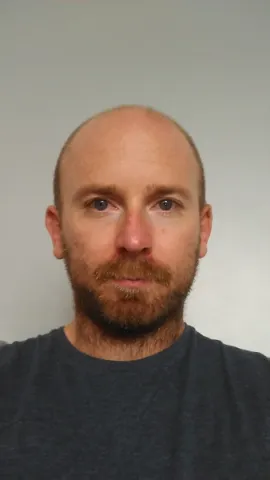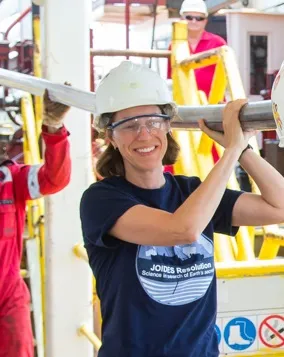About the project
The project aims to use and combine the latest techniques in seismology, structural geology, and remote sensing to understand how geological faults behave in space and time during continental extension, and how faulting interacts with the flow of fluids such as CO2 and H2O. The research will target magma-rich (East Africa) and magma-poor (Corinth rift) end member types of settings.
Rifting is an integral part of plate tectonics and is responsible for the development of new ocean basins. Despite the importance of faulting in crustal extension, there remains significant questions on when fault geometries become established, how behaviour of faults varies in space and time and with varying degree of rift magmatism, and to what extent fault slip via both large earthquakes and microseismic slip is modulated by flow of volatile rich fluids. The University of Southampton have operated a number of seismic networks in the East African rift, and have strong links with academic partners and seismic monitoring agencies in Greece.
A core aim of the project will be to record, manage, and analyze local earthquake data from both magma rich (East African rift - e.g. Greenfield et al., 2019) and magma poor (Corinth rift – e.g. McNeill et al., 2019) extensional settings at varying stages of rift sector development, to determine the locus and style of earthquake rupture, and whether this brittle failure is linked to subsurface volatile rich fluid motions. To do this, cutting edge techniques including waveform analysis using machine learning will be used to detect and locate microseismicity, determine focal mechanisms and seismic anisotropy. In addition, there will be the opportunity to conduct field based, remote sensing and seismic reflection-based studies to map and quantify active fault networks, and the link between faulting and to hydrothermal fluid flow. Overall, the student will gain skills in the latest geophysical and geological approaches to solve research questions relevant to academia and real-world challenges such as seismic hazards and geothermal energy.
Training
The INSPIRE DTP programme provides comprehensive personal and professional development training alongside extensive opportunities for students to expand their multi-disciplinary outlook through interactions with a wide network of academic, research and industrial/policy partners.
Specific training will include programming skills in Python, ObsPy and Matlab, and in cutting-edge techniques in earthquake location, shear-wave splitting, and source mechanism inversion. The student will be trained in the field handling and deployment of seismometers, and the management, numerical treatment, and integration of large multidisciplinary datasets. The student will have the opportunity to deploy seismometers, manage new seismic data, and conduct relevant fault analyses, and rock sampling fieldtrips. The student will gain experience in international collaboration (e.g. with Addis Ababa University, University of Florence). These along with the SOES based thesis-training program will prepare the student for a career path in academia or in industry.

